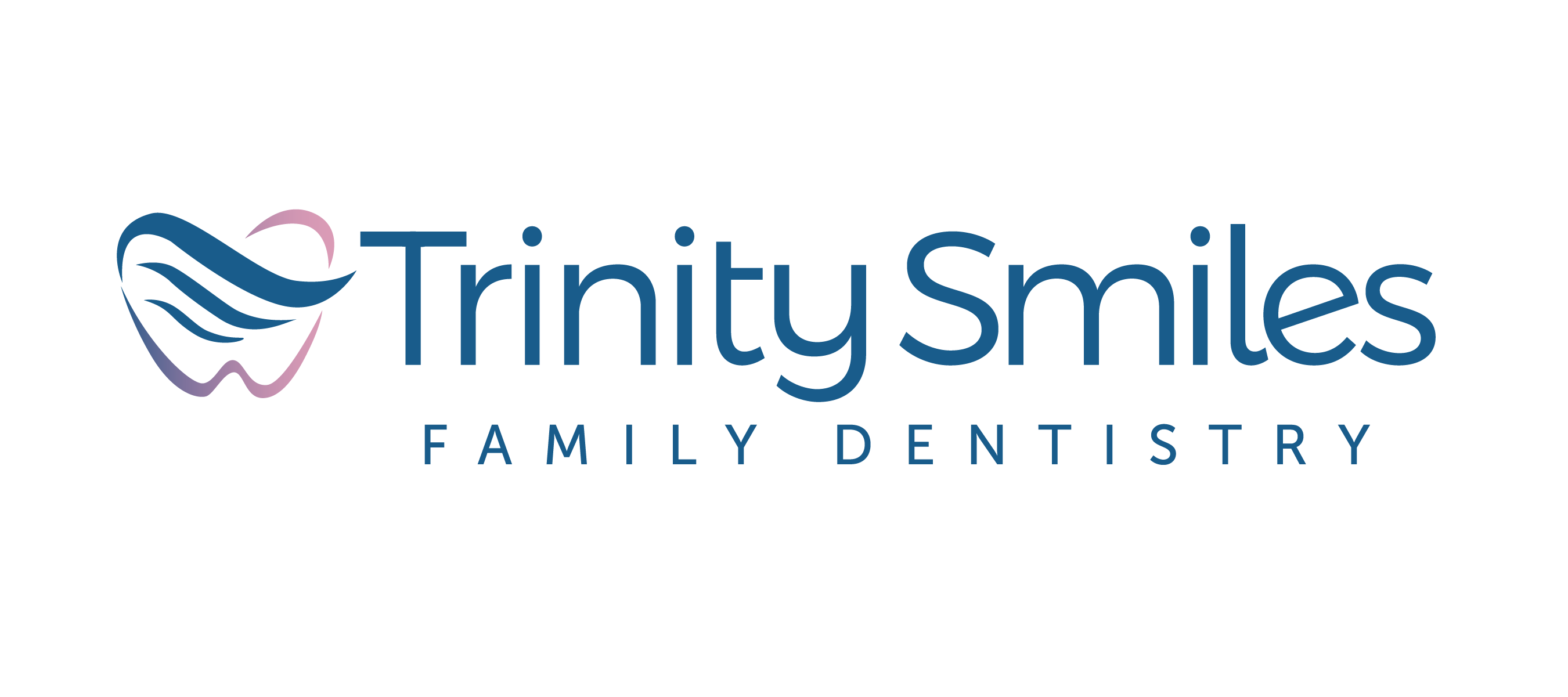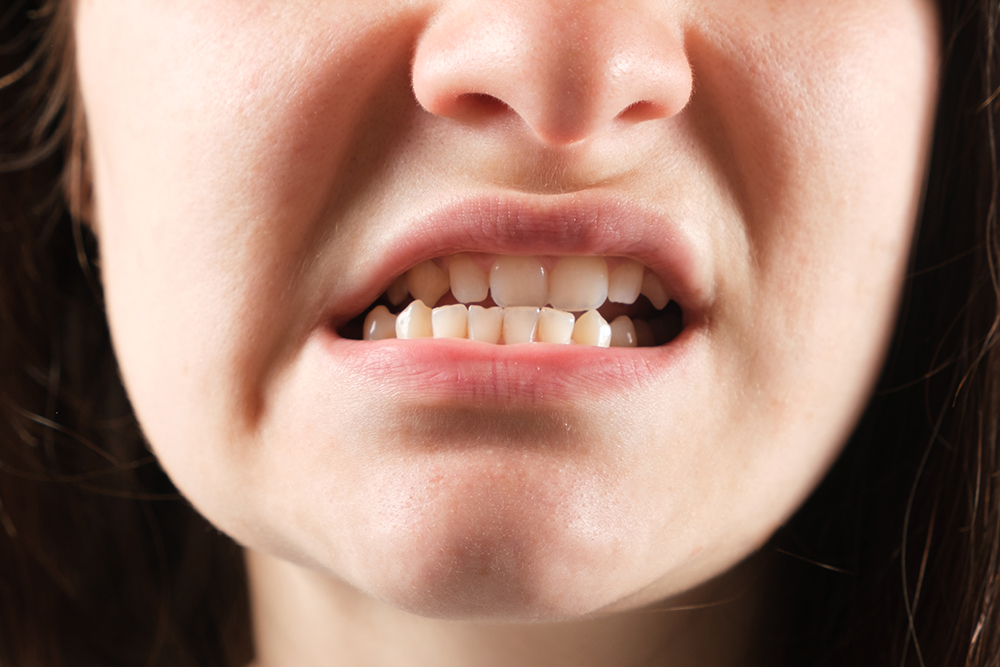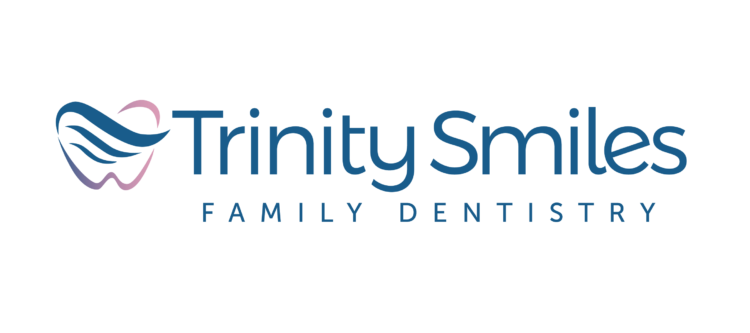The Temporomandibular joint is the hinge that connects the jaw to the temporal bones of your skull, allowing you to move your jaw.
Issues with your jaw and the muscles in your face are known as Temporomandibular joint Dysfunction, or TMD for short.
What Can Cause TMD
There’s no one reason for the onset of TMD; however, injury to the joint or muscles in your neck from multiple causes could be a critical factor. Injuries including whiplash, repetitive teeth grinding, arthritis, stress, and blunt force trauma can exacerbate or lead to TMD.
TMD is most common in people aged 20 to 40; it can be temporary or last many years, and is often very painful and cause a lot of discomfort.
Symptoms of TMD include:
- Pain or tenderness in your face, jaw, neck, and shoulders
- Lock Jaw
- Clicking, popping, grating sounds in the jaw
- Trouble chewing
- Swelling to the side of your face
- Dizziness
- Earaches
Diagnoses
To determine the cause of TMD, a dental professional will ask about your health history and conduct a physical exam. Another option may be a referral to an oral surgeon for further care and treatment. You may also see an orthodontist who will ensure your teeth, muscles, and joints work as they should.
Home Treatments
Mild cases of TMD are treatable at home with simple yet effective remedies.
- Over Counter Medication – Anti-inflammatory drugs like ibuprofen can help to relieve swelling and joint pain.
- Cold Compress and heat packs – A cold compress applied to the temple area for about 10 minutes can help to reduce swelling. Team this with a heat pack over the same place for about 5 minutes can help to relax the muscle, do this a few times a day for maximum results.
- Eat soft foods – Or cut food small to avoid excessive chewing.
- Rest your jaw – Avoid extreme jaw movements, and keep your teeth slightly apart to avoid putting pressure on your joints and muscles.
Medical Treatments
In some cases, medical treatment may be necessary. Non-evasive treatments include:
- Medication – Higher doses of NSAIDs (anti-inflammatories) can help alleviate the pain and swelling. They may also prescribe muscle relaxors to reduce the tension in your jaw, neck, and shoulders.
- Night Guard – A plastic mouthpiece fits over your upper and lower teeth, ensuring they don’t touch, helping to prevent teeth from grinding, and correcting your bite posture.
- Transcutaneous Electrical Nerve Stimulation – TENS uses low electrical currents to relieve pain by relaxing the jaw and facial muscles.
Surgery
- Open-Joint Surgery – This type of surgery is highly invasive. Reasons for this type of surgery include The bone structure in your jaw is wearing down; you have tumors in the joint, and your jaw is full of bone chips or heavily scarred.
- Arthrocentesis – Arthroscopy is performed under general anesthesia and allows the surgeon to remove inflamed tissue and realign the bones or joints.
Conclusion
The onset of TMB comes from many things and is hard to self-diagnose; if you think you’re experiencing symptoms of TMB, speak to a healthcare professional who will advise you on the best course of action.



